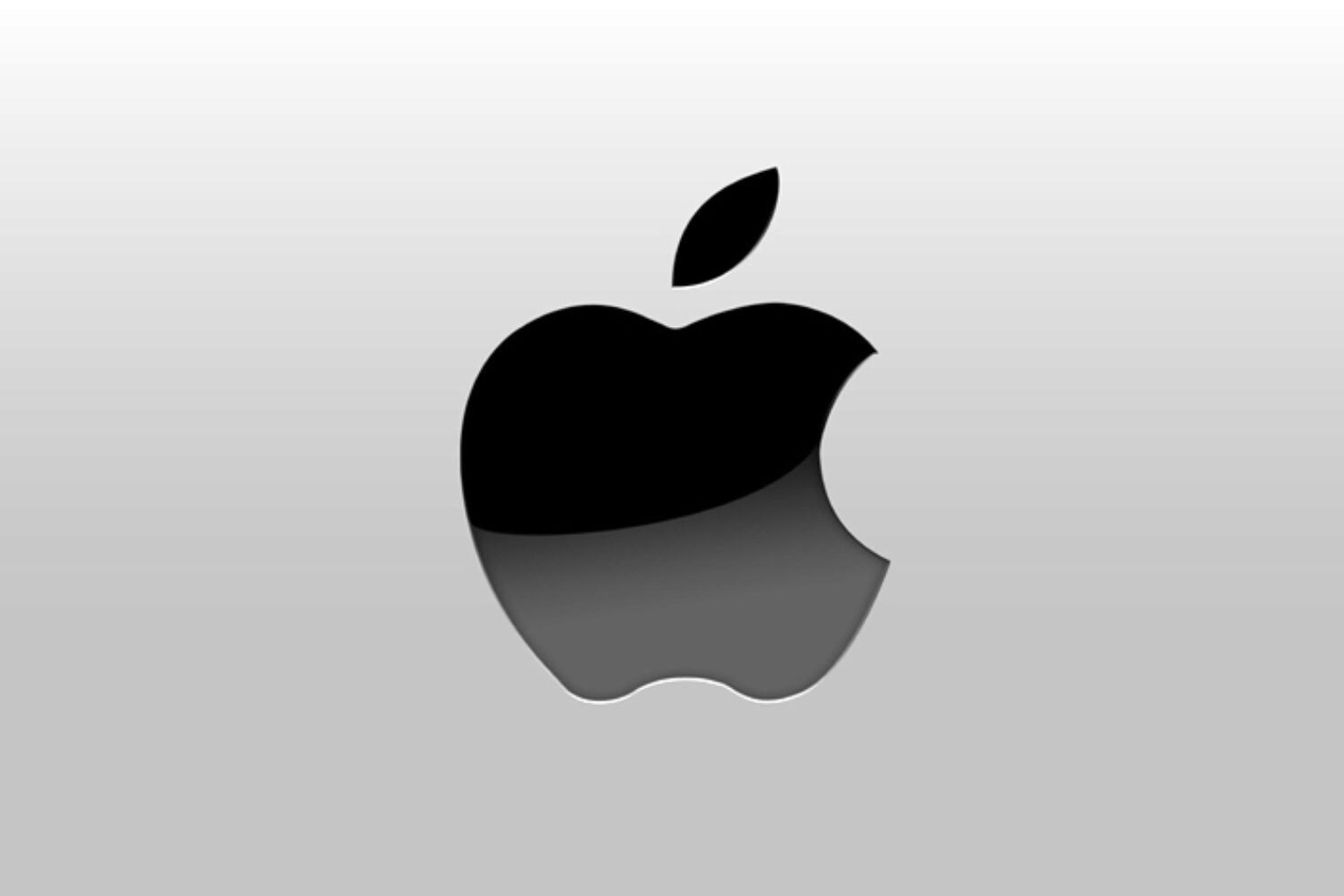Companies can still learn a lot from Steve Jobs and the Apple design philosophy he infused into the company’s products and innovations. It’s revealing to read that, although he never met his birth father, the late CEO’s adopted father had a huge influence on the university drop out’s early thinking.
‘It was important, his father said, to craft the backs of cabinets and fences properly, even thought they were hidden. “He loved doing things right. He even cared about the look of the parts you couldn’t see.” (From ‘Steve Jobs: The Exclusive Biography’ by Walter Isaacson, 2011)
Especially after his return to Apple in 1997, Jobs followed what could be called a Bauhaus aesthetic: ‘Simplicity is the ultimate sophistication’ was the phrase he often repeated and Jobs developed a Zen-like understanding of how simple elements beautifully crafted had the power to captivate users when integrated with user-centric software.
The translucent iMac – a design innovation that perhaps only someone brought up to care about the unseen parts of cabinets and fences could drive through.
The first iMac produced in the late 1998 was translucent – you could see the internal workings of the machine. The translucency connected the inner engineering of the computer to the outer design. An appealing design innovation that perhaps only someone brought up to care about the unseen parts of cabinets and fences could drive through.
It’s the kind of thinking that changed the design of desktop computers, laptops, and of course mobile phones and tablets, with a methodology that could be applied even to televisions.
‘He very much wanted to do for television sets what he had done for computers, music players and phones: make them simple and elegant. “I’d like to create an integrated television set that is completely easy to use,” he told me. “It would be seamlessly synched with all of your devices and with iCloud.” (From ‘Steve Jobs: The Exclusive Biography’ as above.)
The Jobs television revolution could still happen, as thanks to Jonny Ives and others the design philosophy is still ingrained in the company. You can still see the Bauhaus aesthetic in the sleek, streamlined lines of the brand new 27-inch iMac that sits on my desktop. As Jobs said ‘Design is the fundamental soul of a man-made creation that ends up expressing itself in successive outer layers.’
So what can you learn from the Apple approach to doing business? You go into business to be successful and to do something that defines you and transforms your life. Have you got the courage and the insight to run your business like an Apple business?
Do you have the determination to develop products and services that can change and disrupt your sector and then market and promote them in new and inventive ways? Are you able to see the big picture and still focus on the smallest, but most important details?
To begin to be successful it helps to put the design of your products and services at the very centre of your business. That’s important if you want to something more than build a business. You can build a business and a brand that lasts.
‘You should never start a company with the goal of getting rich. Your goal should be making something you believe in and making a company that will last’ Steve Jobs
The lesson for all companies from the Apple design philosophy is when you build your business, build your brand and build insanely great products and services, the profits will, with good planning, take care of themselves.



